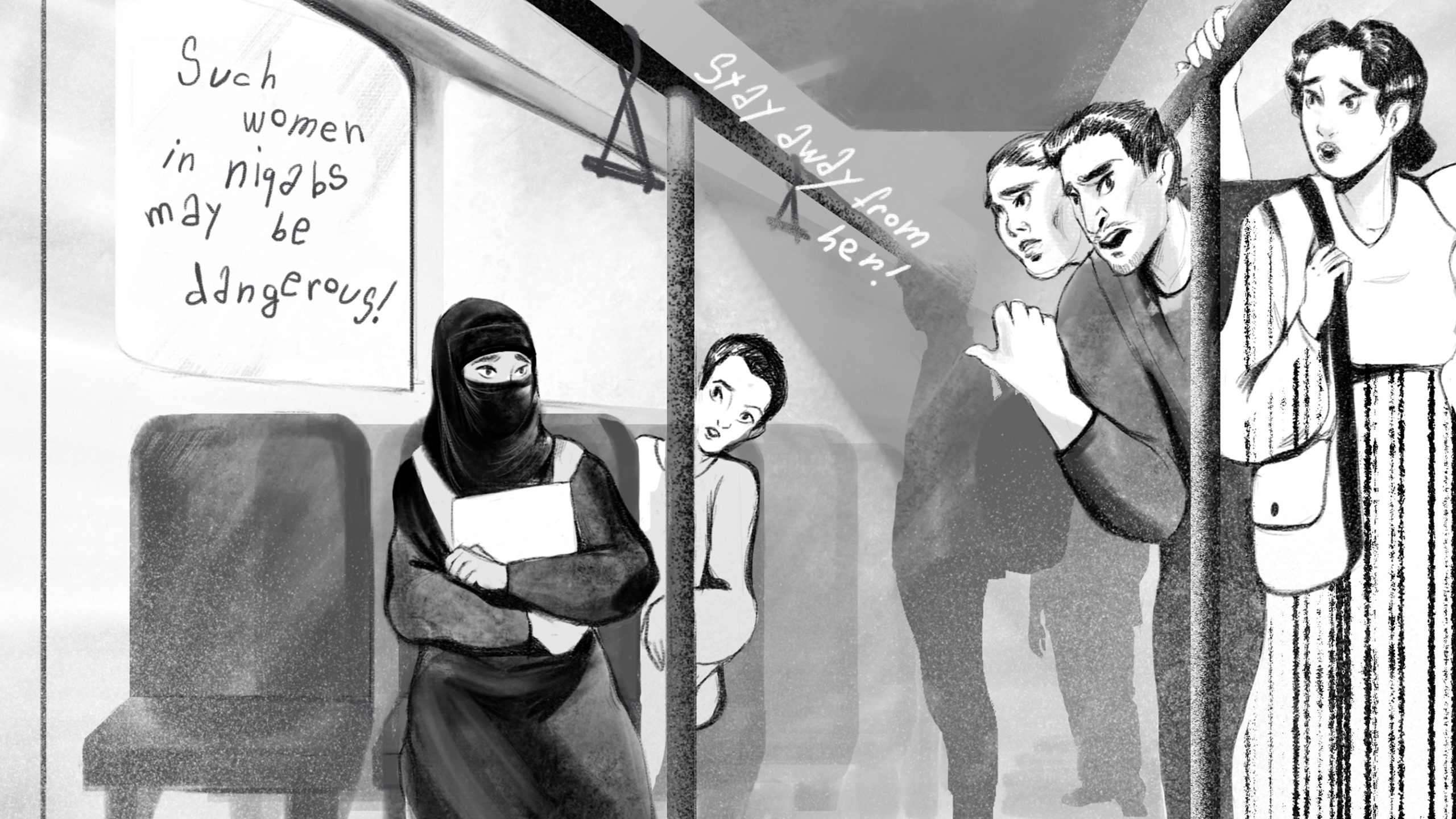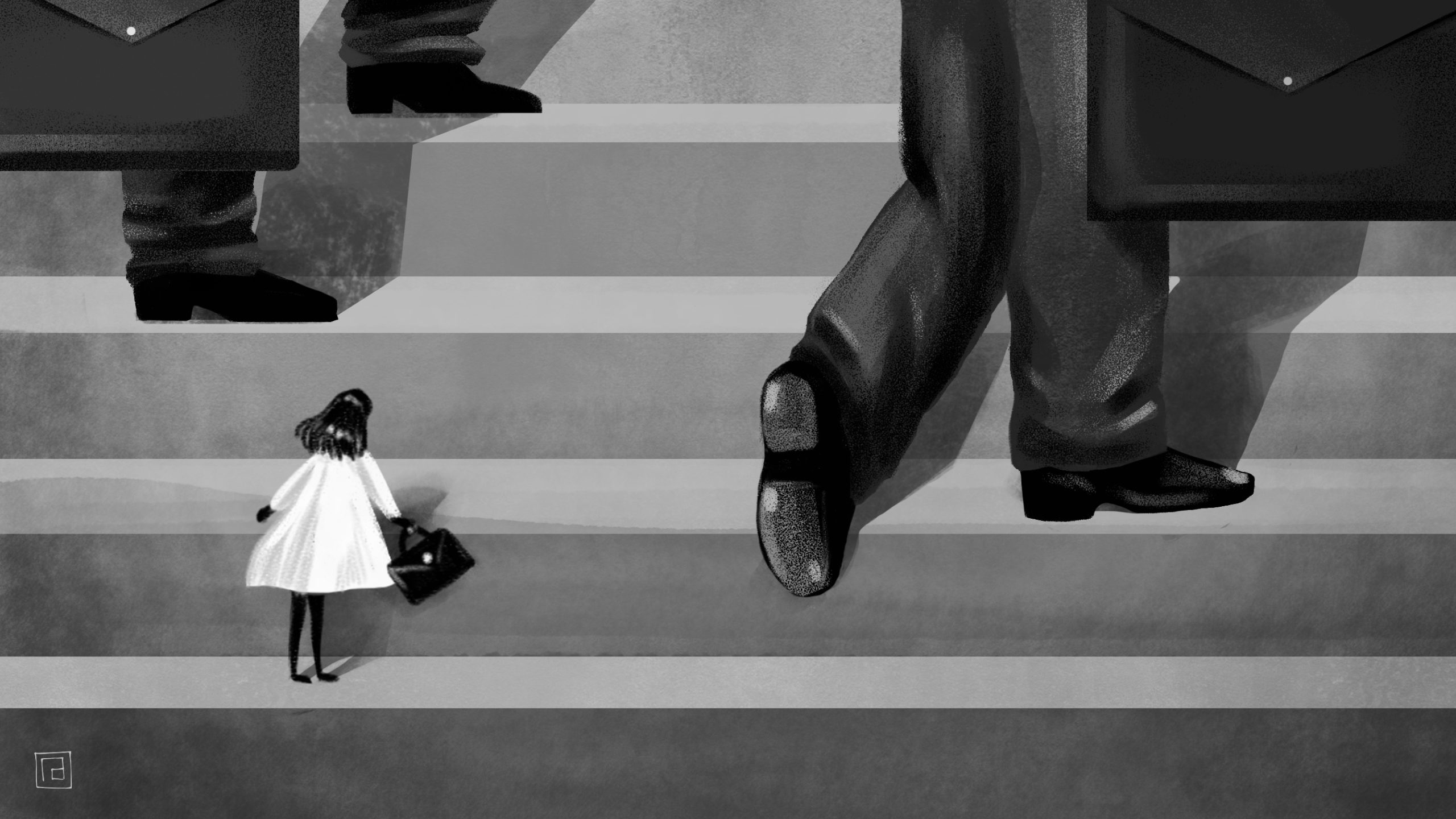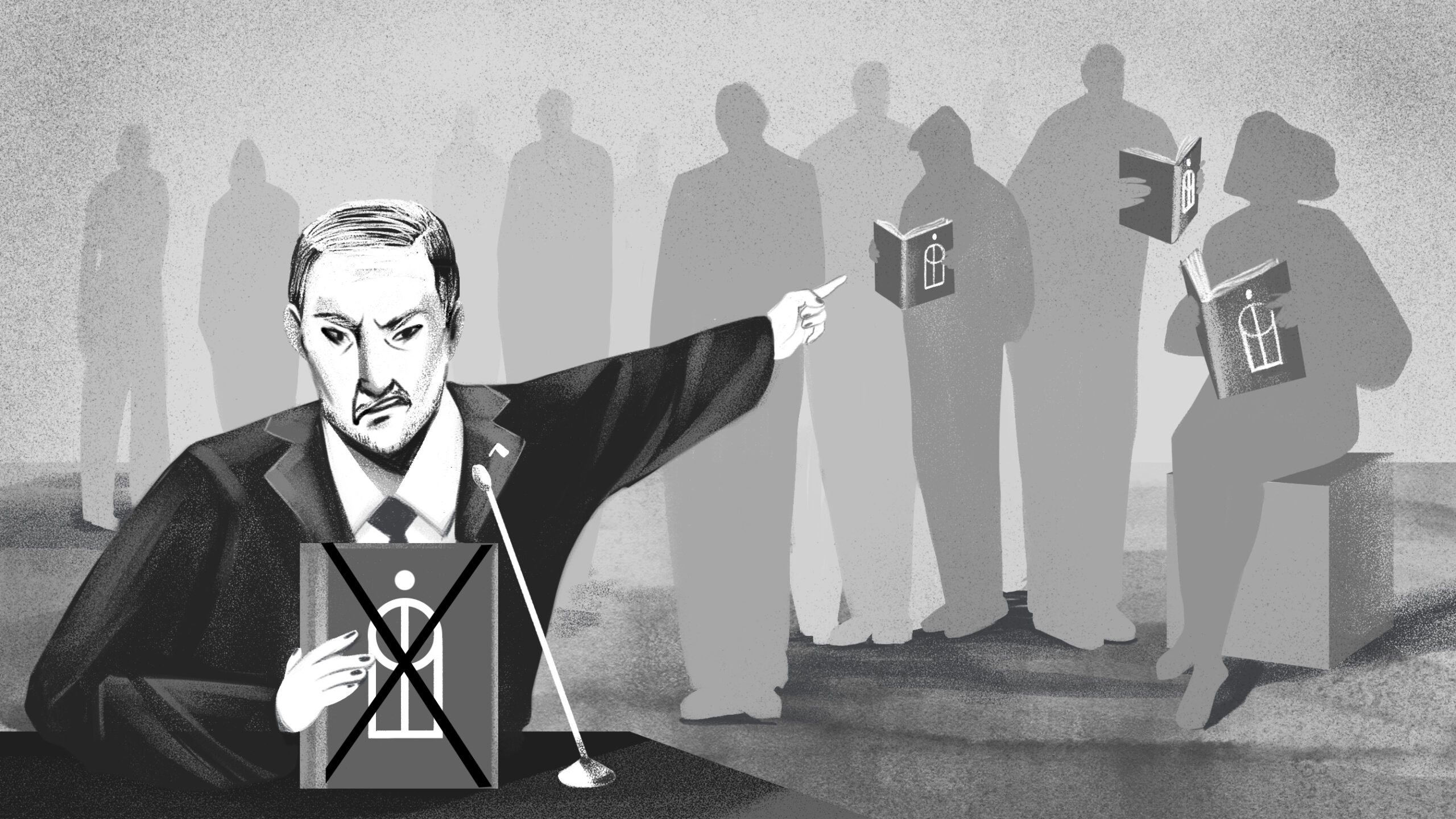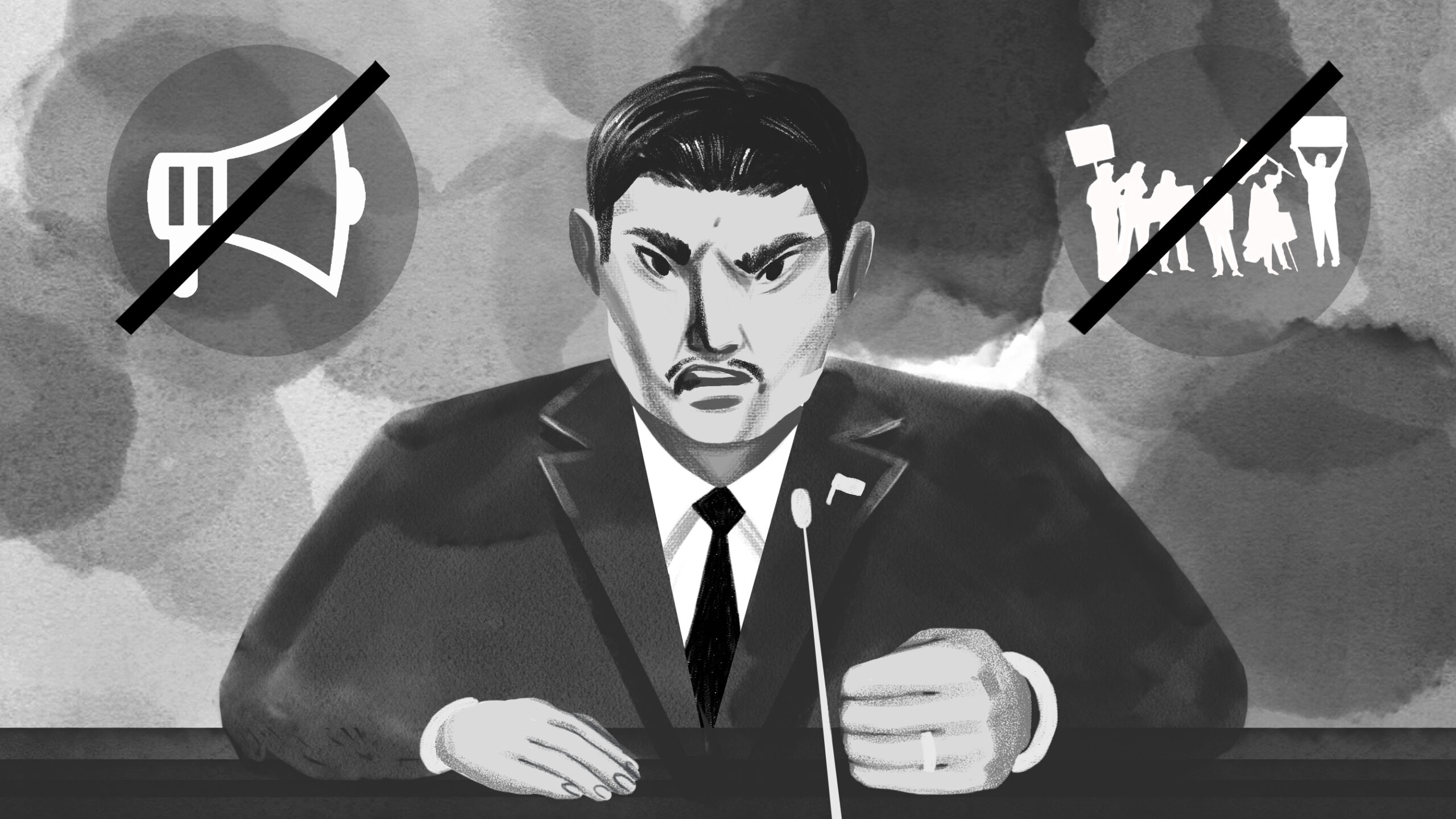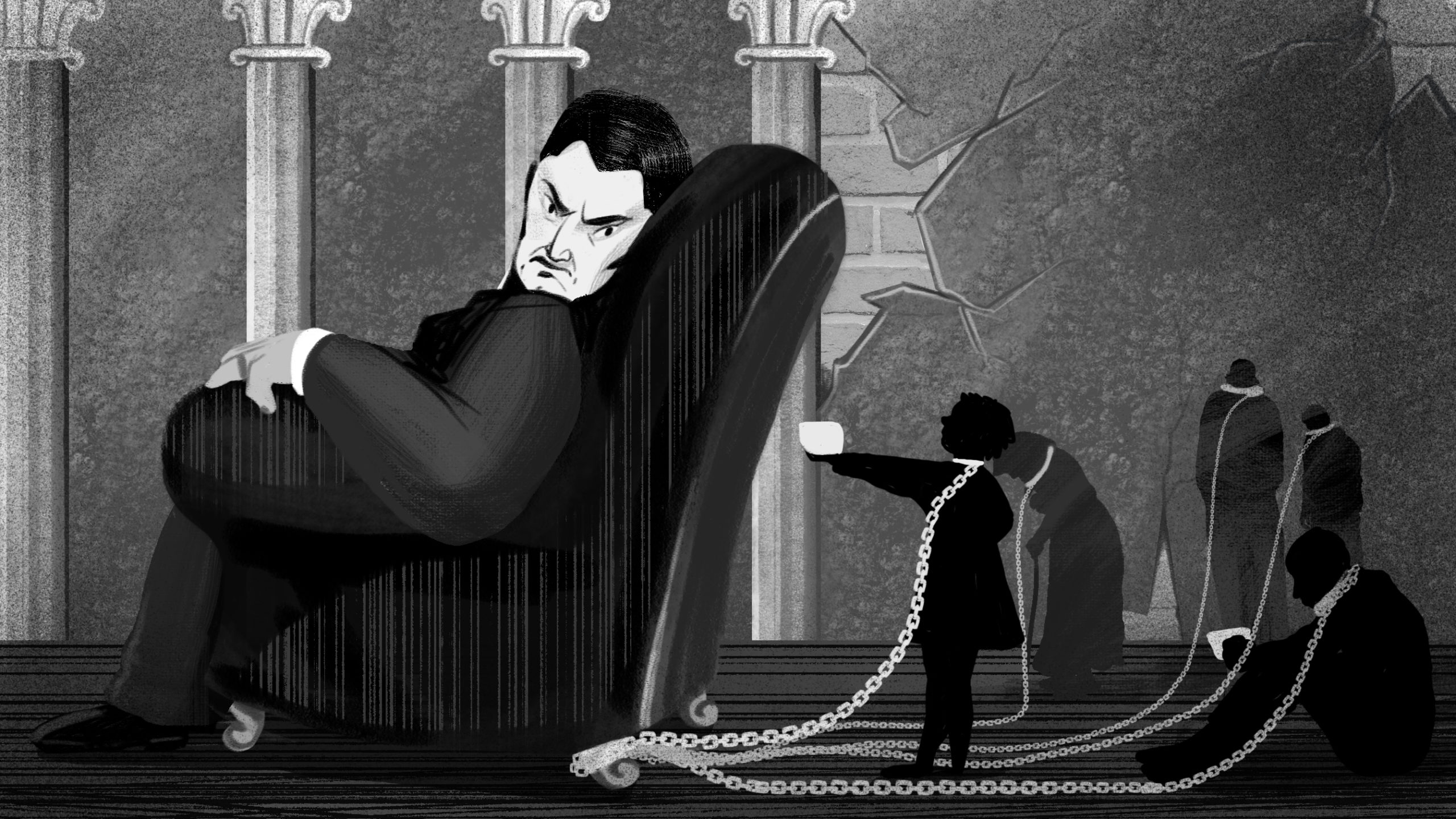“Hate speech” can range from offensive jokes to calls for mass murder so it is not always easy to identify it when we hear it.
Sometimes people mistakenly assume that speakers intend harm when they may simply be speaking from a lack of awareness.
On the other hand, it is also easy to overlook the cumulative effects that ignorant attitudes can have on those who are targeted. In fact, people may not realise how deeply ingrained attitudes can undermine the basic humanity of certain groups of people. While such speech may not appear ‘hateful’ at first, it nonetheless harms those it targets.
Hatred can be rooted in fear or ignorance but it can also be a consequence of prejudicial views, stereotypes, exclusionary beliefs, media misrepresentations, political manipulation or racist attitudes. Sometimes “hate speech” can dehumanise marginalised groups, potentially leading to violence against them.
The following concepts and examples can help us to think critically about the ideas we are exposed to in everyday life which might lead to inequality.


